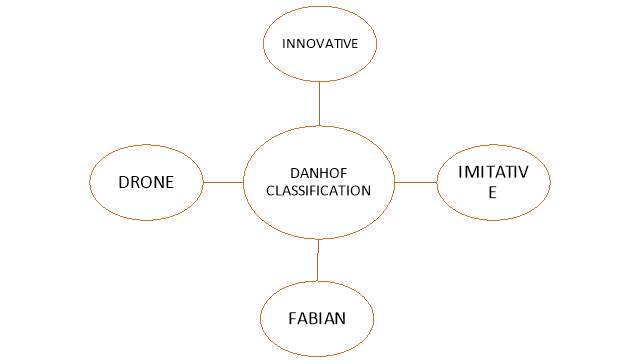Cultural differences are usually created by race-ethnicity, gender, function, and tenure among the organization factors. Difference in culture may result to the rise of conflicts among team members. This usually results to disrupted communication within the organization and eventually negative outcomes. Therefore, it is the role of every organization and entire management to come up with various ways of managing and reducing negative effects of cultural differences. Management in various organizations should ensure that they are able to detect and avoid such cases from arising. Political backgrounds and experience are other major factors that contribute to cultural differences. Multicultural teams and differences in most occasions generate dilemmas in the organization management.… Read the rest
Modern HRM
Diversity Management
The world’s increasing globalization trend demands more interaction between people from a vast diverse of cultures, beliefs, and backgrounds than the past. Today, people no longer live and work in an insulated marketplace. The reality is they are now part of a worldwide (or commonly mentioned as flatten) economy with competition coming from nearly every angle of the globe. For this reason, businesses need to be open to change and accept the concept of diversity to become more creative.
In daily conversation, the word of “diversity” has the meaning of differences or variety. However, in the business world and in the business textbook, diversity often refers to the many differences present among people today in workplace as well as marketplace that were not aware of by most people in the past.… Read the rest
Developing a Reward Strategy for Your Organization
Reward is an important part of managing organization and the management of employees. It can be defined as an organization is ready to pay for to accomplish its strategic objectives. Therefore the review of reward system starts from understanding of organizational strategy and HR strategy supports this. Strategic reward objectives should be aligned with business objectives in the same way as other key business areas such as finance, marketing, administrating and IT.
In the broad way, there are two ways of reward such as tangible and intangible. The definition of these two rewards are in a way ambiguous as it could vary according to the viewers’ standpoints, but most of rewards can be classified as the tangible, which includes competitive salary, promotion, good benefits, incentive, better working environment, recognition awards and all other fringe benefits for higher performance.… Read the rest
Electronic Human Resource (e-HR)
e-HR stands for Electronic Human Resource. The term e-HR refers to deal Human Resource Management transactions using an internet. E-HR aims to keep information available to employees and managers at anywhere at any time. E-HR may include organizations HR portals and web applications, Enterprise Resource Planning, HR service centers and interactive voice response. There are three identified levels of e-HR such as publishing of information (delivered by intranet medium), automation of transactions with integration of workflow (intranet or extranet used) and transformation of the HR function (redirect HR function towards a strategic one). E-HR is characterized in field of HRM as having numerous innovations in Technology and it provides wider potential in term of usages including employee self service, information sharing, functions administration and production of reports.… Read the rest
New Roles of Human Resource Managers in Business Development
A great team of working professionals in an organization cannot be possible without the human resources. The main contribution of HR management to organizations are hiring and training the workforce, takes care of the performance management system, helps in building culture and values, manages conflict, and most importantly developing good relations. Human resources managers promote, recommend on, and implement plan associated to the usage of employees within an organisation effectively. They are the most qualified and skilled people into the organisation to make a difference in enhancing the productivity of the employee and the organization. Their desire is to assure that the organisation hires the suitable people in terms of skills and experience, and that training and development opportunities are accessible to personnel to boost their achievement and attain the goals in the organization.… Read the rest
Four Types of Entrepreneurs According to Clarence Danhof
An interesting distinction about types of entrepreneurs is the one proposed by the author Clarence Danhof, which classified entrepreneurs into four groups based on economic development. He based his classification on his study of American agriculture, and he observed that entrepreneurs could be classified depending upon the level of willingness to create innovative ideas; so there can be the following types of entrepreneurs:
- Innovative: an aggressive assemblage and synthesis of information and the analysis of results deriving from new combination of factors of production characterize this type of entrepreneurship. These entrepreneurs have the ability to think newer, better and more economical ideas of business organization and management.



